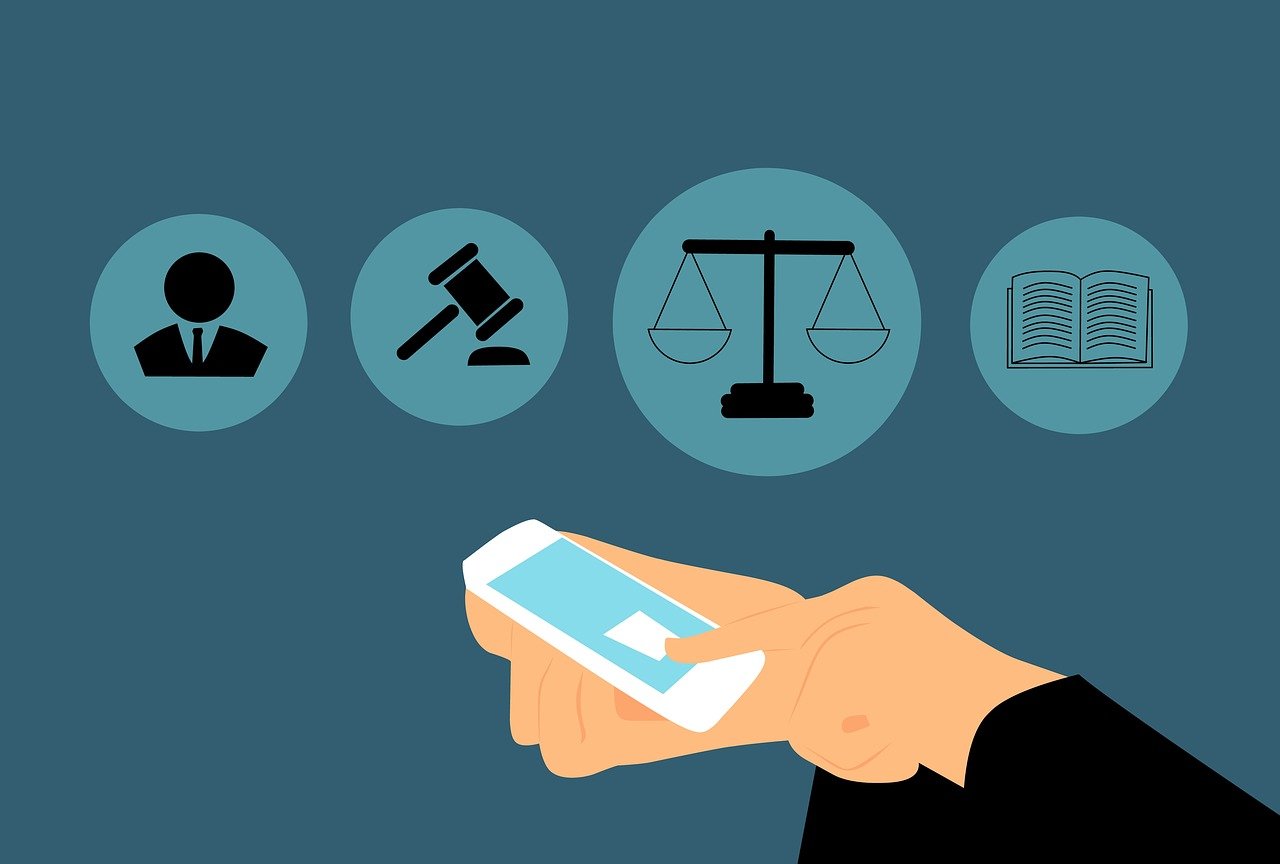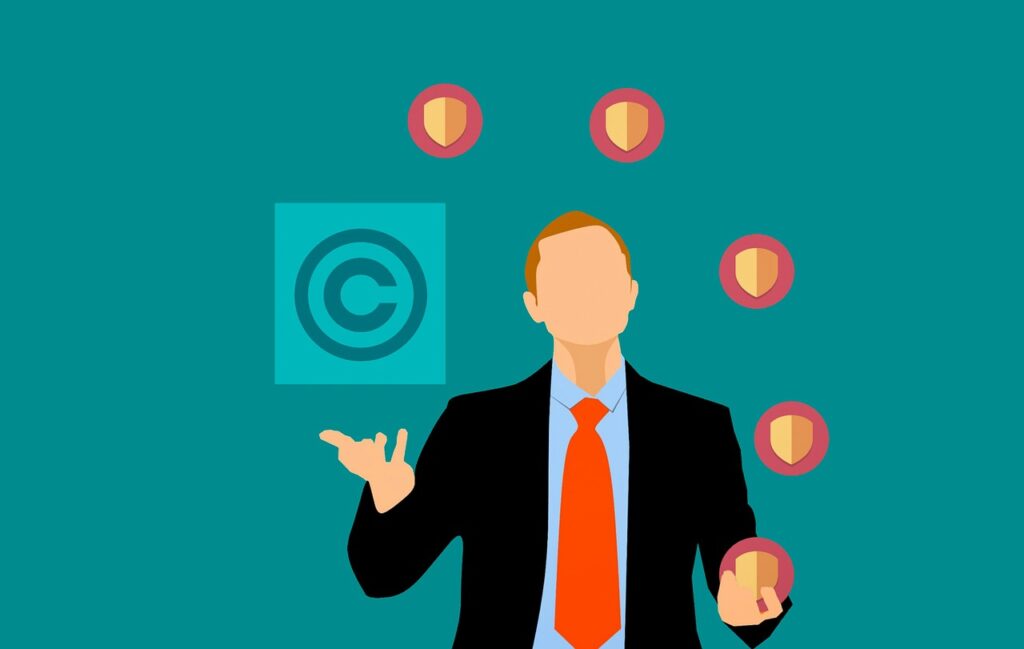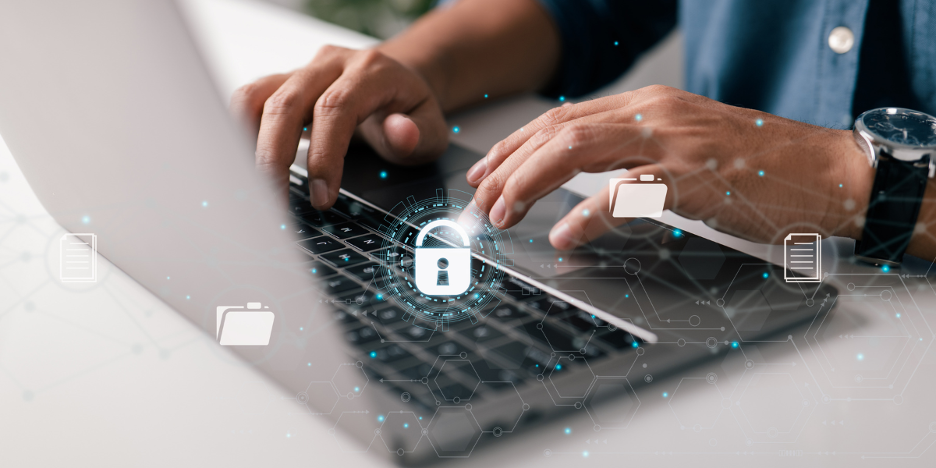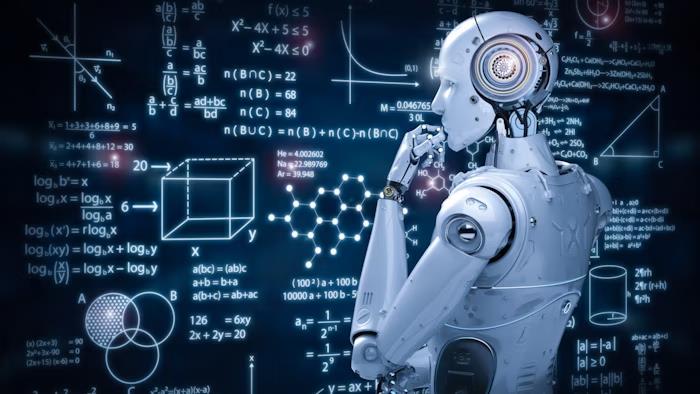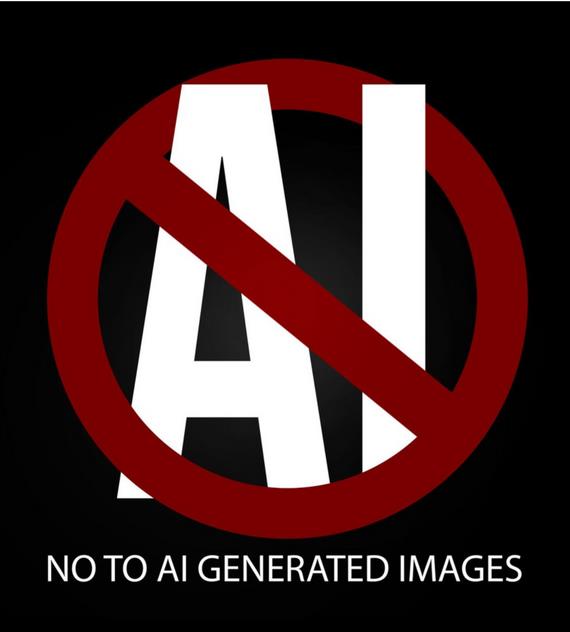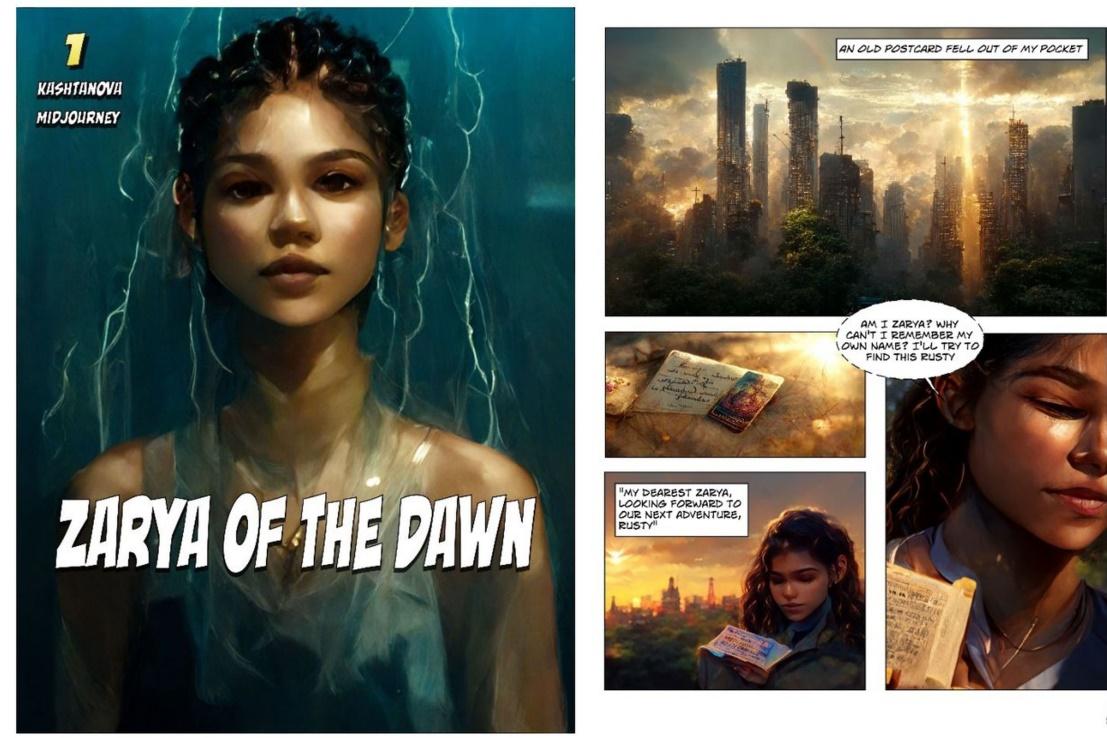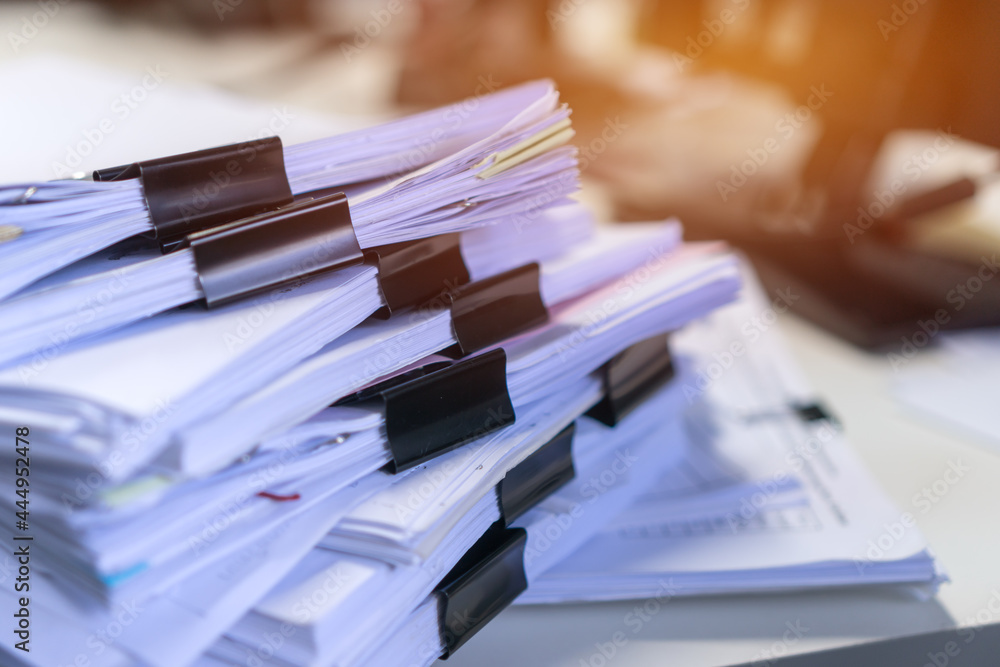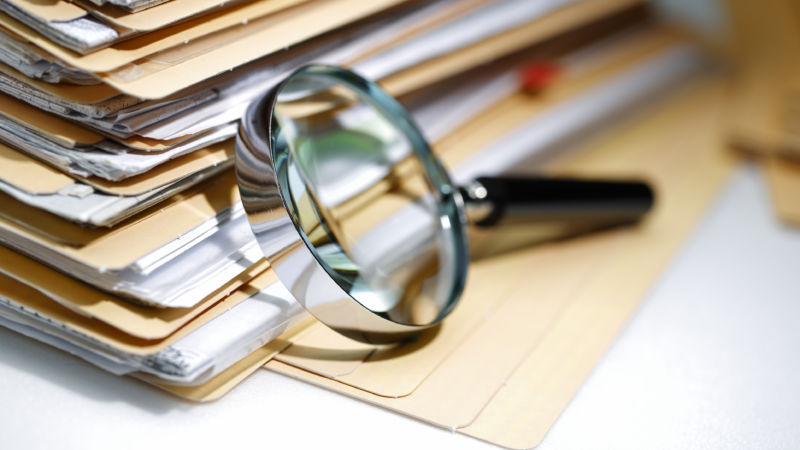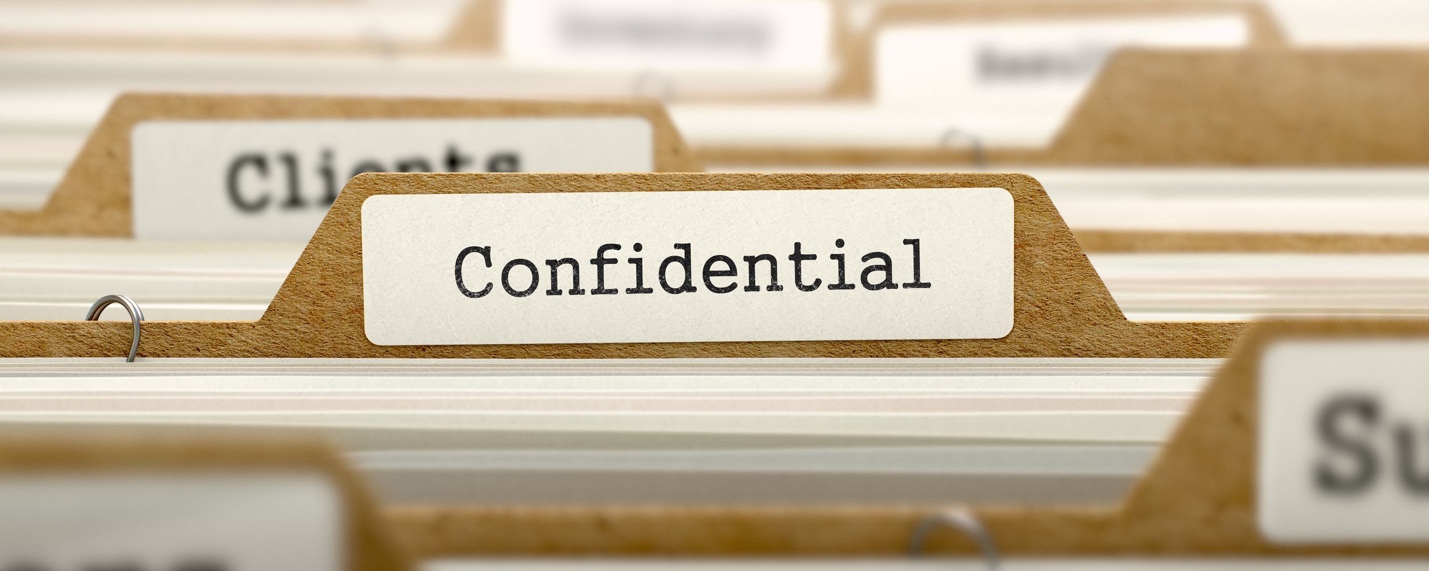
A bottle of Jack Daniel’s whiskey, left, displayed next to a Bad Spaniels dog toy.Jessica Gresko/Associated Press
In the world of parody products, creativity could be challenged by trademark law. As pet owners seek to indulge their pets with toys and accessories that mimic high-end brands, companies producing these items must navigate the complex realm of trademark regulations. This post will discuss an overview of trademark law and its significance in protecting brand identity and consumer trust. Through examining notable legal battles such as the 2007 case of Louis Vuitton v. Haute Diggity Dog and Jack Daniel’s v. VIP Products, this article will also highlight the delicate balance that courts must maintain between upholding trademark rights and allowing creative expression through parody.
I. BRIEF OVERVIEW OF TRADEMARKS
Trademarks serve as vital tools in distinguishing goods or services, identifying their source, and ensuring a consistent symbol of goodwill.1 Unlike patents and copyrights, trademarks have no existence and value separate from the goodwill2 of the product or service it symbolizes. This goodwill fosters customer loyalty and benefits both the business and the consumer. Trademarks help consumers identify the source of goods or services, allowing them to make informed purchasing decisions based on their experiences with a brand.3 When consumers recognize a trademark, they can expect the same level of quality and reliability they have experienced before. For businesses, trademarks are essential in building and maintaining value, providing a justified expectation that customers will continue to buy their trademarked goods and services.4
a. Trademark Protection
Trademark protection in the United States is primarily governed by federal law, specifically the Lanham Act, providing the strongest safeguard for trademarks.5 Federal trademark protection requires a rigorous application and approval process through the U.S. Patent and Trademark Office (USPTO), requiring proof that: (1) the mark is distinct, (2) the trademark is or will be used in commerce, and (3) the trademark does not conflict with existing registered marks.6
A trademark must be distinctive to differentiate a company’s goods from others in the market. Trademarks are categorized based on their level of distinctiveness and ability to identify the source of goods or services. The strength of a trademark varies, influencing its level of protection. Generic marks, which are common names for products or services, are not protectable or registrable.7 Merely descriptive marks, which describe the quality of the goods or services, are generally not protectable unless they acquire a secondary meaning that associates them with a particular source.8 Suggestive marks, which hint at the nature or quality of the goods, are registrable without needing to show secondary meaning.9 Arbitrary marks, which use ordinary words in a non-descriptive manner, are also registrable without secondary meaning.10 Fanciful marks, composed of completely made-up words, offer the greatest protection due to their inherent distinctiveness.11 Inherently distinctive trademarks include terms that are meaningless, coined, fanciful, or novel designs, which naturally stand out and are immediately recognizable.12
Selecting a strong trademark (arbitrary or fanciful) can help steer clear of costly and lengthy legal processes.13 However, this means the trademark itself does not convey information about the product or service, as it lacks any immediate association.14 In this case, a trademark’s distinctiveness can also be acquired through effective marketing and promotion, whereby consumers come to associate it with a particular owner over time.15 This acquired
distinctiveness helps solidify the trademark’s role in identifying and differentiating a company’s products or services in the marketplace.
II. TRADEMARK LAWSUITS
a. Trademark Infringement
In trademark infringement cases, the plaintiff must prove three key elements to succeed. First, the plaintiff must demonstrate that they have a valid and legally protectable mark. Second, they must show ownership of the mark. Third, they need to establish that the defendant’s use of the mark in identifying goods or services is likely to cause confusion among consumers.16 This confusion could lead consumers to mistakenly believe that the trademark owner sponsors or endorses the defendant’s product. While the First Amendment provides a defense in trademark infringement cases, allowing creators to reference another work as long as the reference is relevant and not misleading, courts use a balancing test.17 This test ensures that trademark protection is applied to artistic works only when the need for such protection outweighs the need for First Amendment protections. In essence, the balance between trademark rights and free expression is crucial in determining the outcome of trademark infringement disputes.18
b. Trademark Dilution
Trademark dilution involves protecting a famous mark from uses that would weaken its distinctiveness or harm its reputation. To prove trademark dilution, the plaintiff must
demonstrate that their mark is widely recognized and famous.19 There are two main types of dilution: blurring and tarnishment.20 Blurring occurs when the distinctiveness of the famous mark is impaired, causing it to lose its ability to uniquely identify the plaintiff’s products.21 Tarnishing happens when the similarity between the infringing mark and the famous mark causes consumers to associate the famous mark with an inferior or offensive product, damaging the mark’s reputation.22 Defenses against dilution claims include i) fair use, which allows for the legitimate use of a mark under certain conditions; ii) parody, which protects satirical or humorous uses; and, iii) unclean hands, which argues that the plaintiff has acted unethically or in bad faith.23 These defenses are critical in balancing the protection of trademark rights with the need for free expression and fair competition.
III. DESIGNER DOG TOY CASES
Louis Vuitton v. Haute Diggity Dog: A Case of Trademark Parody
The legal battle between Louis Vuitton, the luxury fashion brand, and Haute Diggity Dog, a company specializing in parody pet products, stands as a significant case in trademark law. This case examines the boundaries between trademark protection and parody, offering insights into how courts balance these competing interests.
In this case, the defendant Haute Diggity Dog created a line of dog toys called “Chewy Vuiton,” which mimicked the design of plaintiff Louis Vuitton’s iconic handbags but with a
humorous twist. Louis Vuitton filed a lawsuit, claiming trademark infringement and dilution, arguing that the dog toys could confuse consumers and tarnish the luxury brand’s reputation.24
The court ruled in favor of Haute Diggity Dog, finding that the “Chewy Vuiton” toys were an obvious parody, unlikely to confuse consumers, and constituted fair use of Louis Vuitton’s trademarks.25 The court concluded that the parody provided commentary on luxury brands and consumer culture without diluting the brand’s distinctiveness or tarnishing its image. Consumers would not mistake the dog toys for actual Louis Vuitton products.26
The case highlighted several key takeaways in trademark law. First, the strength of the parody defense was underscored, particularly when the parody clearly differentiates itself from the original brand. Second, the courts emphasized that obvious parodies are less likely to cause consumer confusion, which is a crucial factor in trademark infringement cases.27 Finally, the ruling clarified that parody can be a legitimate defense against claims of trademark dilution, especially when the parody does not diminish the brand’s distinctiveness or reputation.28

The United States Supreme Court Kenny Holston/The New York Times
However, the 2023 U.S. Supreme Court case Jack Daniel’s vs. VIP Products decided differently, with a ruling that redefines the boundaries of trademark infringement and parody. In this case, respondent VIP Products produced a dog toy resembling a Jack Daniel’s whiskey bottle, humorously altered with phrases like “Bad Spaniels” and “The Old No. 2 On Your Tennessee Carpet.” Petitioner Jack Daniel’s filed a lawsuit, claiming that the toy infringed on its trademarks and diluted its brand.29 The key issues revolved around whether VIP Products’ parody toy confused consumers and damaged Jack Daniel’s brand reputation.
The Supreme Court ruled in favor of petitioner Jack Daniel’s, emphasizing that the use of a trademark for parody purposes in a commercial product is subject to a likelihood-of-confusion
analysis.30 The ruling clarified that parody does not automatically exempt a product from trademark infringement claims. The case was sent back to the lower courts to apply the correct legal standards.
The Supreme Court’s decision underscores that trademark law generally prevails over the First Amendment when a trademark is used to identify the source of goods.31 The ruling highlights the importance of considering consumer confusion in trademark disputes, even when parody is involved.
This case serves as a critical reminder of the complexities in balancing trademark protection with free expression. While parody remains a valid form of expression, it does not grant blanket immunity from trademark infringement claims, particularly when it involves the commercial use of trademarks. This case sets a significant precedent for how courts will handle similar disputes in the future, ensuring that the integrity of trademarks is maintained while still allowing room for creative expression.
CONCLUSION
Trademark cases often hinge on balancing various factors. In Louis Vuitton, the court decided there was no infringement because it was clear that the toys were a parody, and consumers were unlikely to be confused. The court’s decision to favor the parody defense underscored the importance of context and clear differentiation in parody products. The ruling established that obvious parodies, which do not confuse consumers or tarnish the original brand’s reputation, can fall under fair use, thereby protecting creative and humorous expressions that reference popular trademarks. Conversely, in Jack Daniel’s, the court ruled against the parody,
emphasizing the potential harm to the trademark and brand due to possible consumer confusion. This decision illustrated the limits of the parody defense, especially when commercial interests are involved. The ruling emphasized that the potential for consumer confusion remains a critical factor in trademark infringement cases, even when the infringing product is a parody.
Together, these landmark decisions illuminate the nuanced criteria that courts consider in trademark disputes involving parody. The interplay between trademark protection and parody remains a complex and evolving area of law, as evidenced by these cases. Overall, there is a delicate balance courts must strike between safeguarding trademark rights and preserving the freedoms of creative expression and free speech. They affirm that while trademarks are shielded against infringement and dilution, there is also a vital space for creative parody, provided it does not mislead consumers or harm the trademark’s distinctiveness and reputation. These rulings serve as guiding principles for future cases, ensuring that the integrity of trademarks is maintained without stifling artistic and humorous expressions. As businesses and creators continue to navigate these legal waters, understanding the fine line between trademark protection and parody will remain essential in fostering both brand identities and creative landscapes.
1 Tyler T. Ochoa et al., Understanding Intellectual Property Law 467, (Elisabeth Ebben ed., Carolina Academic Press, 4th ed. 2020).
2 Hanover Star Milling Co. v. Metcalf, 240 U.S. 403, 412-13 (1906).
3 Ochoa et al., supra note 1.
4 Id.
5 15 U.S.C. §§ 1051 et seq.
6 USPTO, What is a Trademark?, https://www.uspto.gov/trademarks/basics/what-trademark (last visited June 19, 2024).
7 Ochoa et al., supra note 1, at 479.
8 Id. at 479.
9 Id. at 479.
10 Id. at 477.
11 Id. at 477.
12 Id. at 476.
13 International Trademark Association, Trademark Strength, International Trademark Association, Trademark Strength(2023).
14 Id.
15 Ochoa et al., supra note 1, at 476.
16 A&H Sportswear Co. v. Victoria’s Secret Stores, Inc., 166 F.3d 197, 206–07 (3d Cir. 1999) (quoting Richard L. Kirkpatrick, Likelihood of Confusion in Trademark Law § 1.8 (PLI 1997); Dieter v. B&H Indus., Inc., 880 F.2d 322, 326 (11th Cir. 1989)).
17 Id.
18 Ochoa et al., supra note 1, at 630.
19 Playboy Enters., Inc. v. Welles, 279 F.3d 796, 806 (9th Cir. 2002).
20 Id. at 521.
21 Id. at 583.
22 Id. at 584.
23 Precision Instr. Mfg. Co. v. Automotive Maint. Mach. Co., 324 U.S. 806, 815 (1945).
24 Louis Vuitton Malletier S.A. v. Haute Diggity Dog, LLC, 507 F. 3d 252, 264 (4th Cir. 2007).
25 Id. at 260.
26 Id. at 270.
27 Id. at 269.
28 Id. at 266.
29 VIP Prod. LLC v. Jack Daniel’s Properties, Inc., 953 F.3d 1170, 1172 (9th Cir. 2020).
30 Id. at 1174.
31 Id. at 1175.




